Dear Stackoverflow community,
I have contours of irregular polygons as unordered datapoints (like on the figure here: https://s16.postimg.org/pum4m0pn9/figure_4.png), and I am trying to order them (ie. to create a polygon).
I cannot use the convex hull envelope because of the non convex shape of the polygon. I cannot ase a minimum distance criterion because some points of other parts of the contour lie closer (example: point A has to be joined with B, but is closer to C). I cannot use a clockwise ordering because of the irregular shape of the contour.
Do anyone knos a way to implement (preferentially in Python) an algorithm that would reorder the datapoints from a starting point?

